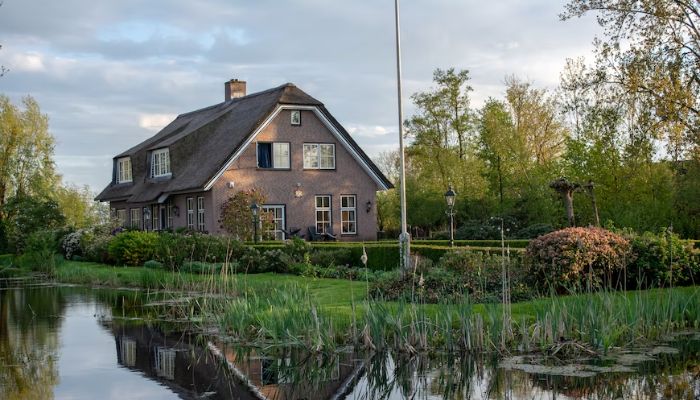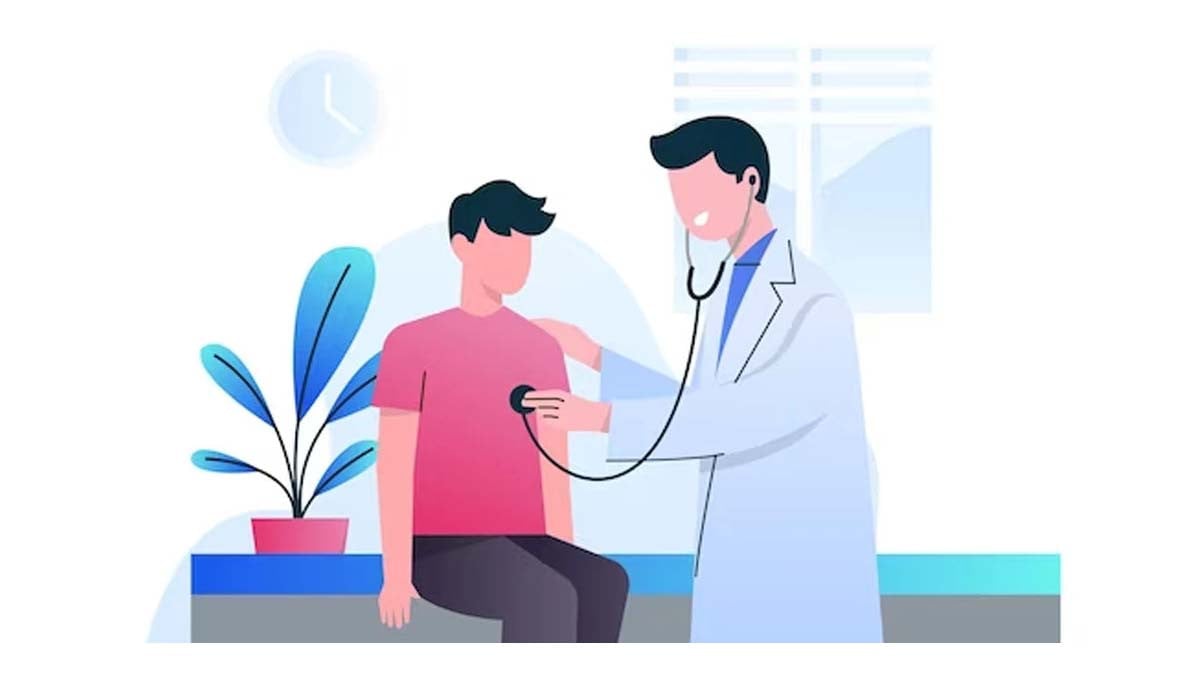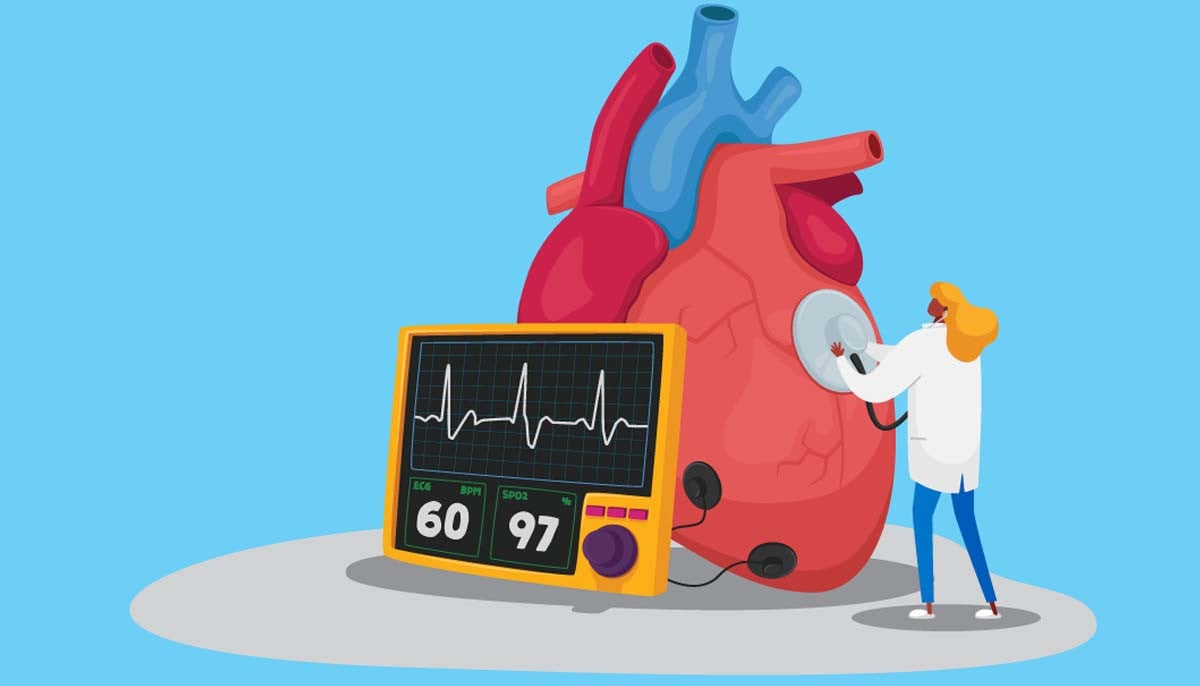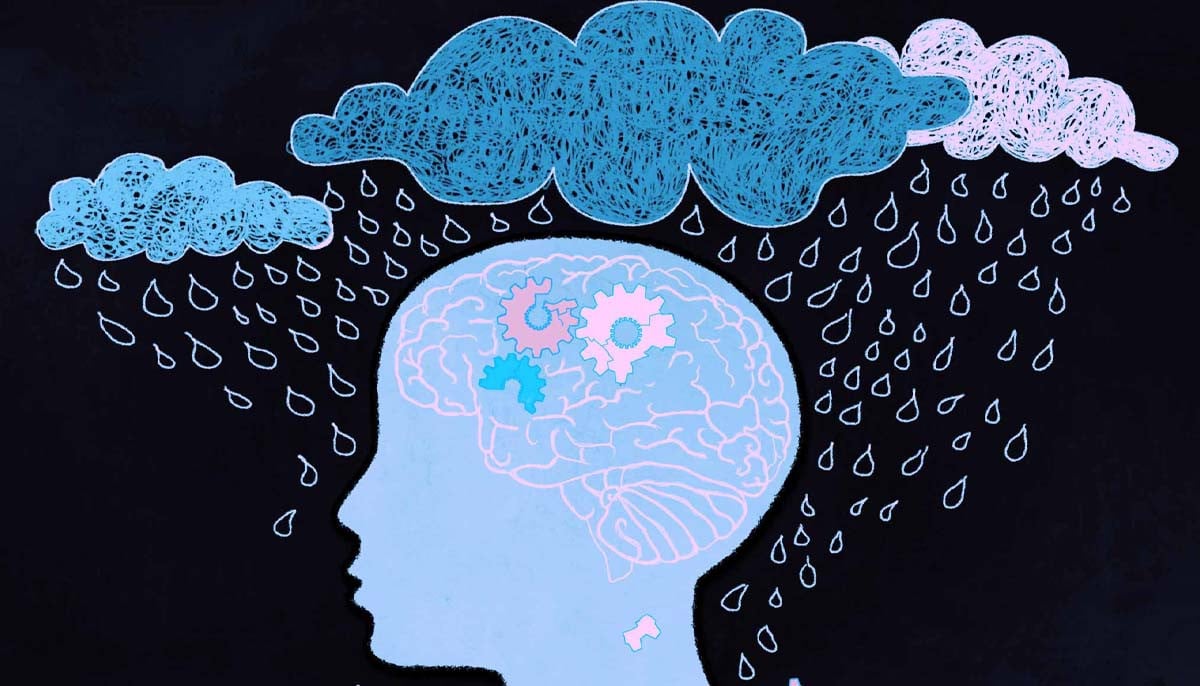Living close to nature improves brain health
During the course of this investigation, the team evaluated 42,980 seniors who resided in urban regions of Washington
Research has demonstrated multiple times that exposure to the outdoors can reduce stress in humans.
Now, yet another research study has shown that spending more time outside can help prevent psychological suffering. Living nearer to both green (outdoor places, parks, forests) and blue (bodies of water) environments may lower the likelihood of older persons having severe psychological discomfort, according to Washington State University researchers.
Stress can lead to mild cognitive impairment and the start of dementia in older people.
Any mental health issues that necessitate treatment or have a moderate-to-severe impact on a person's ability to engage in a job, school, and any other social situations were described by the study's authors as psychological distress. During the course of this investigation, the team evaluated 42,980 seniors who resided in urban regions of the state of Washington.
“Since we lack effective prevention methods or treatments for mild cognitive impairment and dementia, we need to get creative in how we look at these issues,” said Solmaz Amiri, DDes, of Washington State University Elson S. Floyd College of Medicine in Spokane, Washington, in a media release.
“Our hope is that this study showing better mental health among people living close to parks and water will trigger other studies about how these benefits work and whether this proximity can help prevent or delay mild cognitive impairment and dementia.”
The research team attempted to determine how close individuals resided to either green or blue spaces using data previously acquired by the US Census and the Centres for Disease Control and Prevention. Green places for this study included adjacent city parks, neighbourhood gardens, and even cemeteries. Every body of water, including a lake, reservoir, sizable river, and ocean, was considered a blue space.
Why does it help the brain?
Every subject filled out a questionnaire to gauge their level of psychological distress. Six items on a five-point scale were included in the surveys and asked participants how frequently they experienced symptoms of sadness and anxiety.
The number of days they were unable to work owing to psychological anguish, the number of days their output was reduced by half, and the frequency with which they sought professional treatment were all also among the queries. The scores for these tests ranged from 0 to 24, with an average of 2.
The authors of the study determined that participants with a test score of at least 13 had substantial psychological distress, which accounted for 2% of the sample. Sixty per cent of people lived within half a mile of a blue space, while 70% lived near a green space. In comparison to those who lived further away, those who lived within a half-mile of green or blue spaces had a 17% lower risk of experiencing major psychological discomfort.
Nearly 1.3% of those who lived within a half-mile of water and parks experienced severe psychological distress, as opposed to 1.5% of people who lived farther away.
It is important to remember that this research has some constraints. According to researchers, the respondents commented subjectively on their psychological suffering.
-
Can Ibuprofen cut cancer risks? Study finds promising breakthrough
-
Find out early subtle signs that you might have Parkinson's disease
-
Relieve eczema symptoms this winter with simple steps
-
New hope for people with obesity as failed drug offers cure
-
New drug shows promise in lowering dangerous blood fats
-
New research finds back pain may disrupt men’s sleep quality later in life
-
Do you have depression or is it just Monday blues? Find out where science stands
-
Air pollution may play a role in prostate cancer risk, experts warn












